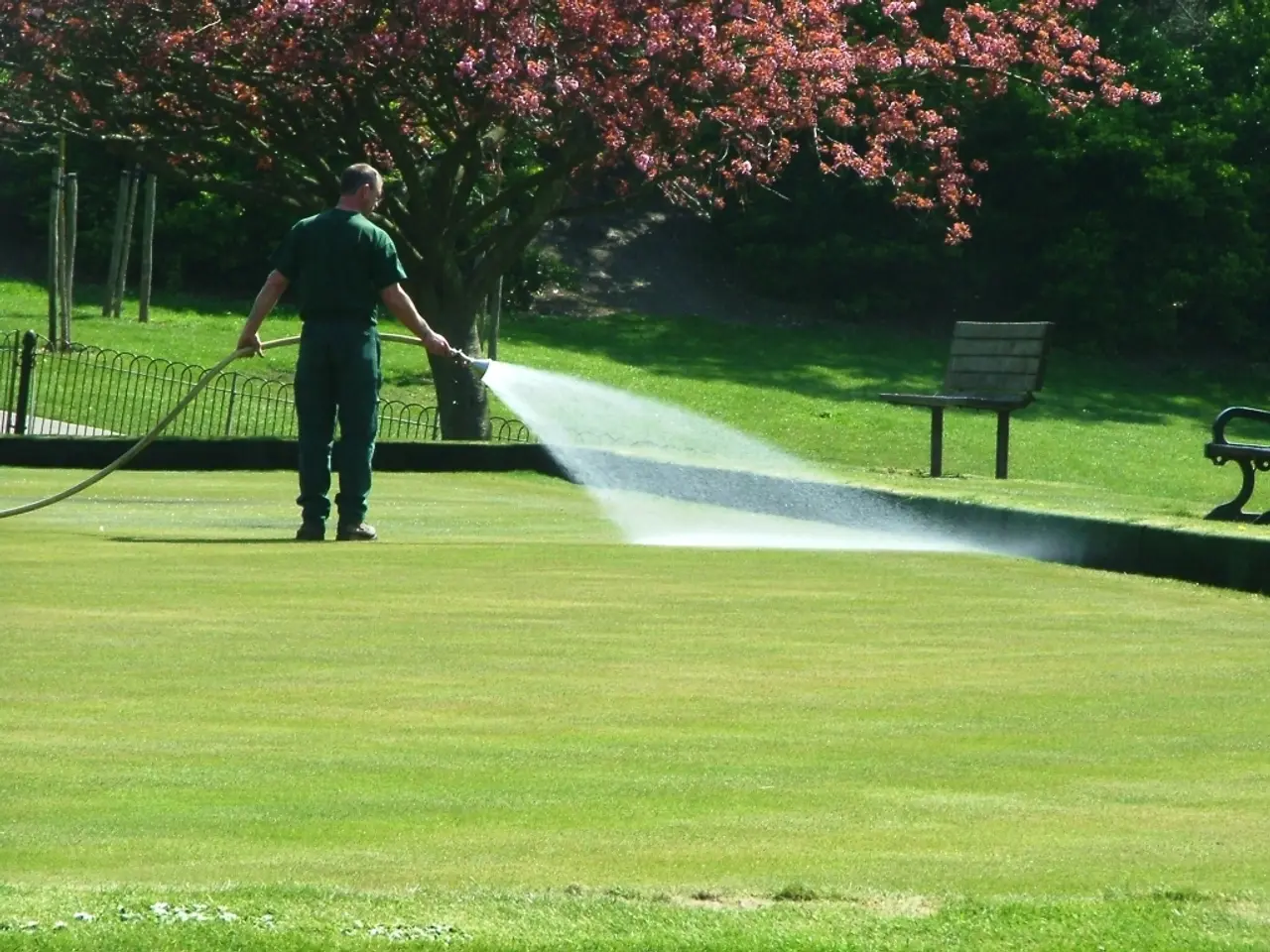Employ Drip Irrigation in Elevated Garden Beds for Enhanced Crop Production with Minimal Water Usage
Choosing, Installing, and Winterizing a Drip Irrigation System for Raised Beds
If you're considering a drip irrigation system for your raised beds, here's a step-by-step guide to help you make the right choice, install it effectively, and winterize it properly.
Choosing a Drip Irrigation System for Raised Beds
When selecting a drip irrigation system, opt for one with half-inch poly tubing as the main supply line and quarter-inch drip lines or emitters branching into your raised beds. This setup ensures an efficient delivery of water to plant roots. Essential components such as a vacuum breaker, a flushable Y-filter, and a pressure regulator are also important to protect the system and ensure optimal performance. Consider adding a timer for automation, water use efficiency, and convenience.
Installing the Drip Irrigation System
Begin at the water source (outdoor faucet or hose bib) and attach a Y-connector or 4-way splitter for flexibility. Follow this with the vacuum breaker, flushable filter, optional timer, optional fertilizer injector, and pressure regulator in sequence. Connect the half-inch poly tubing main line to the faucet assembly using a Power-Loc starter fitting. Use Power-Loc elbows and tees to navigate corners and split lines as needed. Secure tubing with ground staples or mounting clips to your raised beds. Branch off with quarter-inch drip tubing or drip tape into raised beds, placing emitters near plant root zones for efficient watering.
Winterizing the Drip Irrigation System
To winterize your drip irrigation system, start by shutting off the water supply. Drain all water from the tubing to prevent freezing damage. You can do this by elevating the tubes and letting gravity drain the water or using low-pressure air to blow it out. Insulate key components such as the vacuum breaker, pressure regulator, and any exposed tubing with foam covers or insulation material. Disconnect hoses from the faucet and store them indoors. If your system has a timer or controller, turn it off and remove batteries during winter to prevent damage.
Winterizing your drip irrigation system is crucial to prevent damage from freezing temperatures and extend its lifespan.
By following these guidelines, you can ensure your drip irrigation system delivers water efficiently to raised beds during the growing season and remains protected during winter. Drip irrigation allows for a very focused application of water, minimizing loss to evaporation. A drip irrigation system for raised beds consists of five main components: a water filter, a pressure reducer, a pressure gauge, a header pipe, and drip lines.
For an effective watering solution to your raised beds over the growing season, consider investing in a drip irrigation system that incorporates half-inch poly tubing as the main supply line, quarter-inch drip lines or emitters, and essential components like a vacuum breaker and pressure regulator. In colder months, winterize it properly within your home-and-garden lifestyle by draining all water from the tubing, insulating key components, and disconnecting and storing hoses. This practice will safeguard your system against freezing damage and prolong its lifespan.




